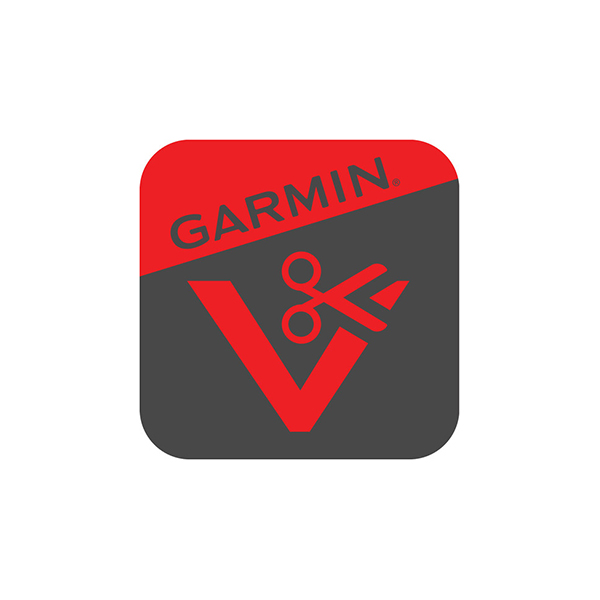

There’s plenty of others much larger than Garmin, take Sony and JVC for example. Of course, large companies focusing their attention on the now billion-dollar business of GoPro is nothing new. Most notable however, is that they’re squaring off directly against the biggest player in the industry: GoPro. (You can leave your computer alone during rendering anyways.When Garmin announced the VIRB action camera late this past summer, it represented further expansion into the outdoor market, due to it’s significant product tie-ins with other Garmin products. Of course, this does not include the time your computer takes to render the actual video. The overall production time for syncing FIT/GPX to video and simple post production should not exceed an hour or so depending on video length. I do not have much time for post production so it is limited to simply trimming the video, colour correction, adding music and including title slides and transitions.
Garmin virb edit still shot software#
Once Garmin VIRB Edit spits out the combined footage, I put the video through Adobe Premiere for post production mostly because Adobe Premiere provides more flexibility and I am comfortable with the software (though it definitely is not free). I use Garmin VIRB Edit purely for data overlays. (A tell tale sign is when you see a squiggly line on a route that should be straight.) Hence, sync your video at areas that are unhindered which allows more precise GPS logging. This will cause your position on the map to be inaccurate. Especially in areas where there are very high rise buildings packed together, your sports tracker will find it hard to get an accurate GPS reading due to interference. There will be areas where the data from your FIT/GPX file will make zero sense.

Doing so means that I only need to sync the FIT/GPX file once and the entire video lines up perfectly with the map. What I prefer to do is to combine all these “chapters” into one long video before loading the combined video in VIRB Edit. This is called chaptering and I suspect many other cameras do the same. GoPro chops ups its captured footage into file sizes of 4GB. My video recording device is a GoPro 4 Silver. Sync your footage and your FIT/GPX file at the moment where you cross the junction/adjacent road. In areas where you go on a straight path for an incredibly long period of time, use junctions or adjacent roads as markers. You can either use the exact point of the turn or the point where you veer off from a straight line to get the adjustment right.

It is difficult to get the exact point correct unless you make use of areas where you make turns. After that, play around with the available data overlays or create your own before exporting the video.

Hence, getting the location right is key. Your other data – power, speed, cadence, heart rate, etc are tagged to location. This is done in the screen below which places the video and map side by side for easy adjustments. You can make the adjustments accordingly either by scrolling through the video or by changing the spot on the map where your video indicates you are. Make sure your FIT/GPX files indicate where you are on the map at that point in time in the video. Synchronising is the most important step. Load your camera footage, select the FIT/GPX file and then synchronise your video to the FIT/GPX file. Garmin’s VIRB Edit software is easy to use. Even though the software is made by Garmin, it accepts videos and FIT/GPX files from non*Garmin cameras and sports trackers, which is rather nice of Garmin. You need camera footage shot by any camera, a FIT or GPX file from your sports tracker (any brand as long it outputs to these file formats, which most do) and Garmin’s VIRB Edit software. It makes your videos slightly more interesting with minimal effort. I started a cycling vlog of sorts in early 2015 which began that way before quickly realising I could add data overlays for free. Most of them are purely raw footages taken from various angles.


 0 kommentar(er)
0 kommentar(er)
